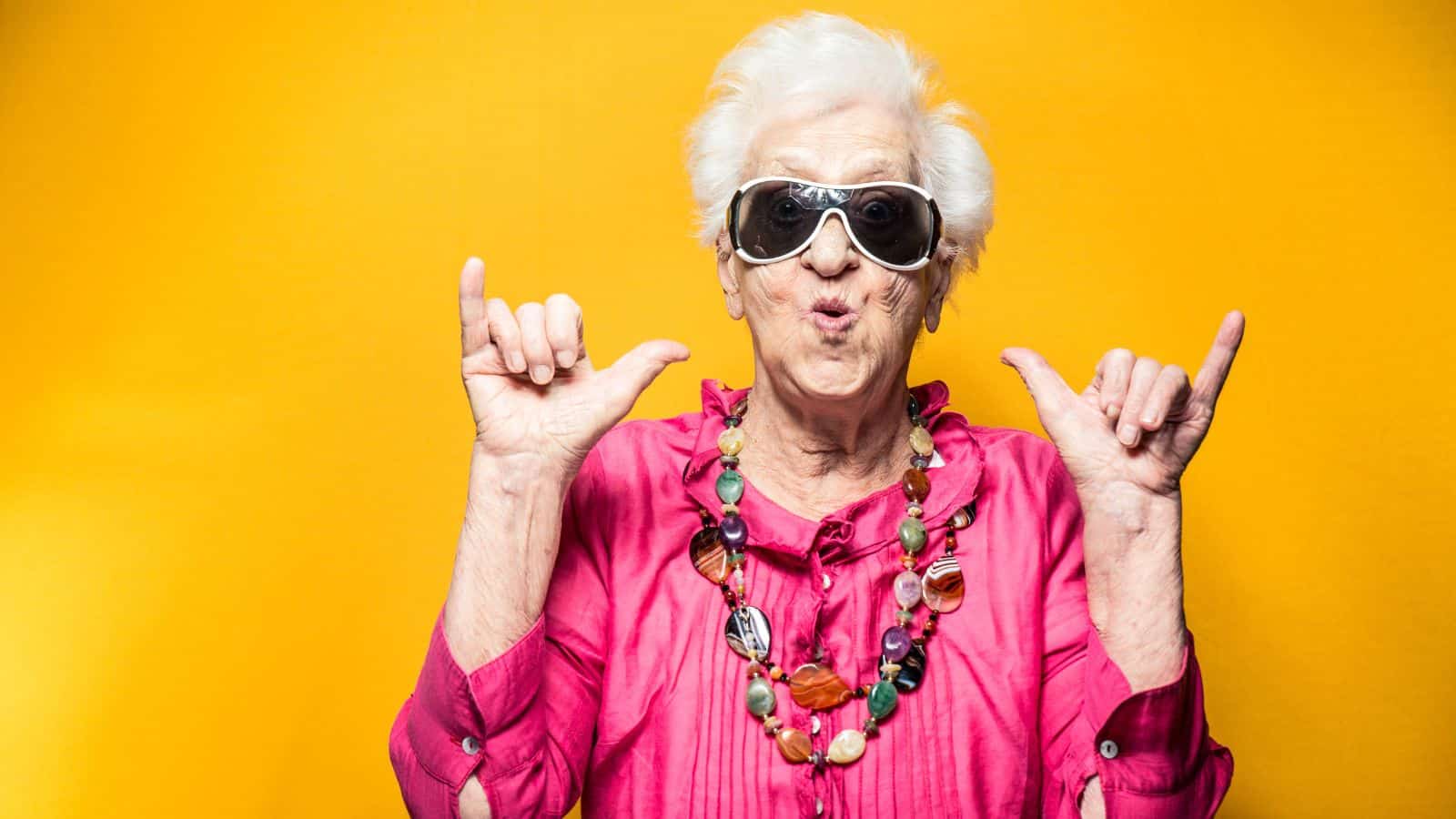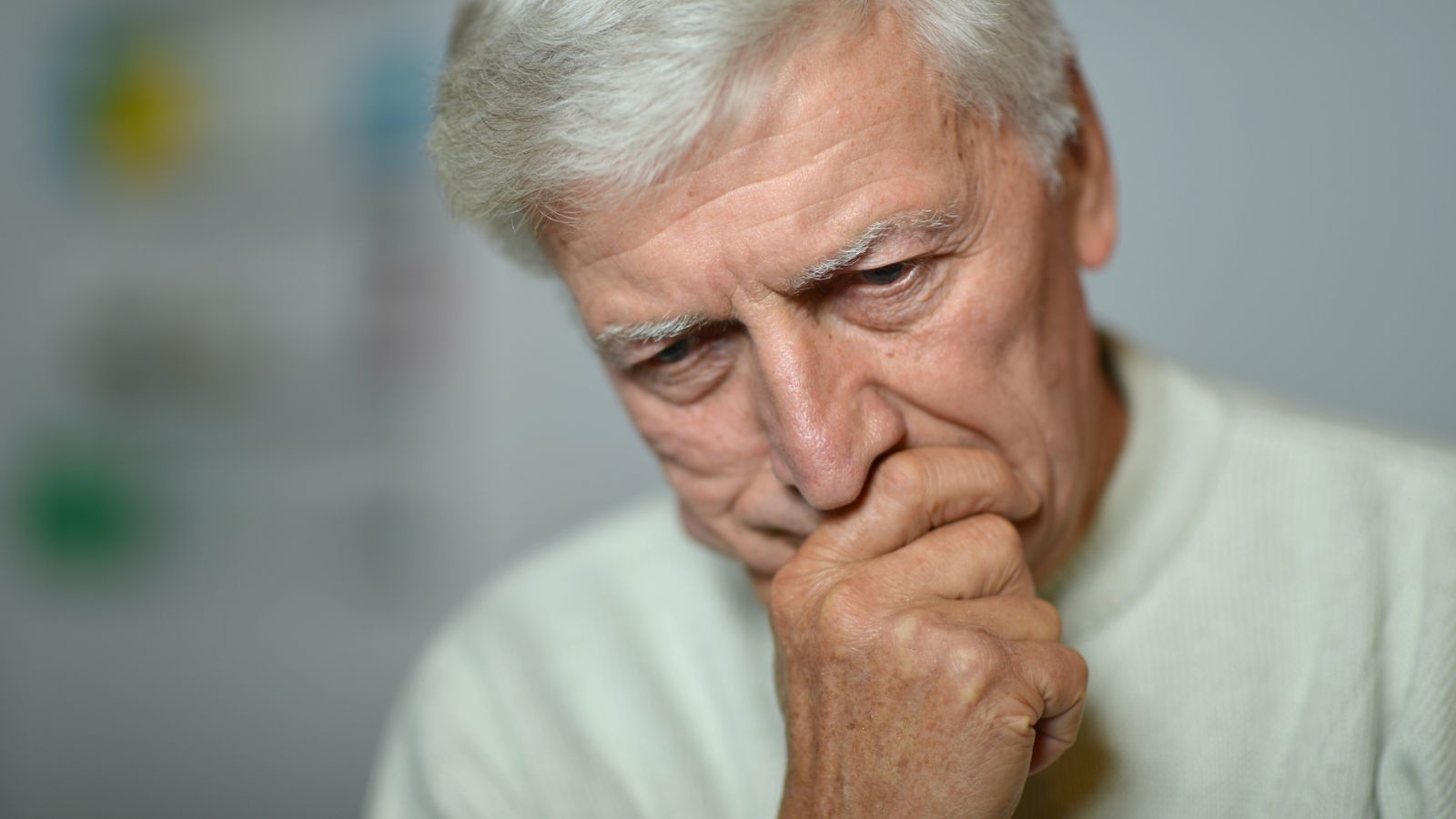In some ways, America has changed for the better, thanks to new technologies and developments. However, it’s also changed for the worse, thanks to politics and the impact of COVID-19. Here are 19 ways America has changed for the worst.
The Opioid Crisis

Over the past few years, there’s been a surge in opioid-related deaths. This is supported by the CDC, which writes, “The number of people who died from a drug overdose in 2021 was over six times the number in 1999.” There’s also been an increase in prescription opioid use, which has had an impact on healthcare services.
Work Culture and Burnout

Burnout has increased so much in America that the WHO has even labeled it a medical diagnosis. Factors that relate to job burnout include working too many hours, having an unmanageable workload, and not having enough support in the workplace. Remote work has begun to rise, which is helping employees to have more of a work-life balance.
Traffic Congestion

The number of hours spent in traffic is significantly increasing. This is due to employment growth, which means there are more cars on the road. Ways to battle this are for employees to use public transportation to take them to work or for companies to encourage remote working. Not only is traffic congestion annoying, but it’s also bad for the environment.
Rising Obesity Rates

There’s been a huge increase in both youth and adult obesity rates. For example, the Trust for America’s Health writes that “over the past two decades obesity rates have climbed for all population groups…. Nationally, 41.9 percent of adults have obesity… [and] obesity rates are also increasing among children and adolescents with nearly 20 percent of U.S. children ages 2 to 19 having obesity…. These rates have more than tripled since the mid-1970s.” The increase in obesity will have an impact on healthcare and life expectancy.
Decreased Life Expectancy

Over the years, life expectancy has started to get lower, when it really should be getting higher due to medical advances. Factors that have contributed to this include obesity and epidemics, with COVID-19 playing a part in the decrease. According to the CDC, “life expectancy at birth in the United States declined nearly a year from 2020 to 2021…. That decline—from 77.0 to 76 years—took U.S. life expectancy at birth to its lowest level since 1996. The 0.9-year drop in life expectancy in 2021, along with a 1.8-year drop in 2020, was the biggest two-year decline in life expectancy since 1921–1923.”
Environmental Pessimism

Many Americans are constantly worried about the effects of climate change and how conditions are expected to worsen by 2050. There’s a political divide on views about climate change, with some being so pessimistic that they don’t see how we can stop it. There’s also increased worry among younger people, as they’ll be affected the most.
Automation and Job Loss

There’s an expectation that many jobs will become automatic over the years, being carried out by the likes of AI and machinery. A report by Challenger, Gray & Christmas noted that of the over 80,000 jobs cut in May 2023, approximately 5% of those, or 3,900, were due to AI. CBS says that makes it “the seventh-highest contributor to employment losses in May cited by employers.”
COVID-19 Pandemic Impact

COVID-19 had such a huge impact on people, changing our relationships and ways of life. While there have been positive changes, such as people working remotely, there have also been negative changes that still have an impact today. These include fear due to people still wearing masks or changes in family dynamics.
Wealth Inequality

The pandemic also caused a growth in wealth inequality. There were different impacts on racial and ethnic groups. This is supported by Reuters, which tells us that Black households are now worse off after the pandemic compared to white households. It shows how the role of financial assets impacts everyday life.
Climate Change Threats

Rising sea levels mean there’s an increased chance of flooding, while hotter temperatures also increase the risk of wildfires. Every year, we’re seeing more natural disasters that are caused by climate change, and it can be scary if you live in high-risk areas. It’s important to keep fighting climate change and live more eco-friendly lives.
Housing Market Strains

There’s been a huge increase in the average price to purchase a home. While it’s still more expensive to buy in some areas compared to others, overall prices have increased across the country. Rental prices have also increased, which has made it difficult for renters, with some having to share homes and sacrifice their privacy.
Great Recession Aftermath

Britannica Money writes, “As millions of people lost their homes, jobs, and savings, the poverty rate in the United States increased, from 12.5 percent in 2007 to more than 15 percent in 2010.” Optimism is starting to show again as the economy improves, but there’s always the question of when it will happen again.
Social Media and Digital Communication

The 21st century has seen a huge increase in social media usage and digital communication. These changes have meant that there’s been an impact on mental health and relationships as people prefer to communicate digitally. It’s also meant there’s been a change in political communication and news consumption.
Political Polarization

Political polarization means a vast and growing gap between Republicans and Democrats. There have been deepening divisions between political lines, especially since the Trump administration. These divisions have had an impact on social cohesion and public discourse, creating challenges for democratic governments.
Education

Education has been changing for the worse. It’s become much harder for a person to have access to quality education due to rising tuition fees. The impact of technology has also meant more classes are switching to an online approach. Also, socioeconomic factors will have a significant impact on the type of education a person can choose.
Health Care System Challenges

Harvard Health writes, “Is the US healthcare system expensive, complicated, dysfunctional, or broken? The simple answer is yes to all.” Healthcare challenges that have been seen recently include rising costs and accessibility issues. These particular challenges would have come from policy changes and healthcare reforms.
National Security Concerns

The number of threats to the country keeps increasing, with citizens more alert than ever since 9/11. The impact of technology has also meant that businesses and individuals could be more at risk from cyber-attacks. Efforts have been put in place to make the public more aware of cyber-attacks, and there have been changes in military engagement.
Cultural and Social Identity

There have been shifts in national identity and cultural norms. This has come from the impact of immigration and demographic changes. While having lots of different cultures in the country does increase diversity, it can also lead to some cultures feeling isolated or like they aren’t included in communities.
Decline in Public Trust and Confidence

Politico writes, “Today, Americans don’t just feel betrayed by the political establishment, or the media, or economic and cultural elites; they also feel betrayed by each other.” A loss of trust means the public finds it hard to have faith in the government. There’s also a loss of trust in the media and information sources.
READ MORE: 20 THINGS OLD PEOPLE LOVE THAT THE REST OF US DON’T UNDERSTAND

Different generations enjoy different things, but have you ever seen something an old person loves and thought to yourself, why? A recent internet survey asked, “What is something that old people love that you don’t understand?” Here are the top 20 answers.
20 THINGS OLD PEOPLE LOVE THAT THE REST OF US DON’T UNDERSTAND
20 THINGS WE DID WHEN WE WERE YOUNG THAT WE REGRET NOW

It’s easy to say hindsight is 20/20, but what advice would you really give your younger self? Here are 20 things that most people did when they were young that they regret today.
20 THINGS WE DID WHEN WE WERE YOUNG THAT WE REGRET NOW
TRUTH BOMB: 21 SOCIALLY ACCEPTED LIES THAT HAVE FOOLED YOU FOR YEARS

Someone recently asked, “what lie do people need to stop believing?” and we got the answers.
TRUTH BOMB: 21 SOCIALLY ACCEPTED LIES THAT HAVE FOOLED YOU FOR YEARS
21 OBSOLETE COMPANIES THAT PEOPLE ARE SURPRISED STILL EXIST

Companies come and go, but some manage to stay open longer than expected. A recent internet survey asked, “What obsolete companies are you surprised are still holding on in the modern world?” Here are the top 21 answers.
21 OBSOLETE COMPANIES THAT PEOPLE ARE SURPRISED STILL EXIST
18 ESSENTIAL THINGS THAT SHOULD NEVER BE MISSING FROM YOUR HOME

While some may think it’s enough to keep the fridge stocked, real survivalists know it’s important to keep your home kitted out in case of an emergency. So read on for 18 essentials you should always keep in your home.
18 ESSENTIAL THINGS THAT SHOULD NEVER BE MISSING FROM YOUR HOME

